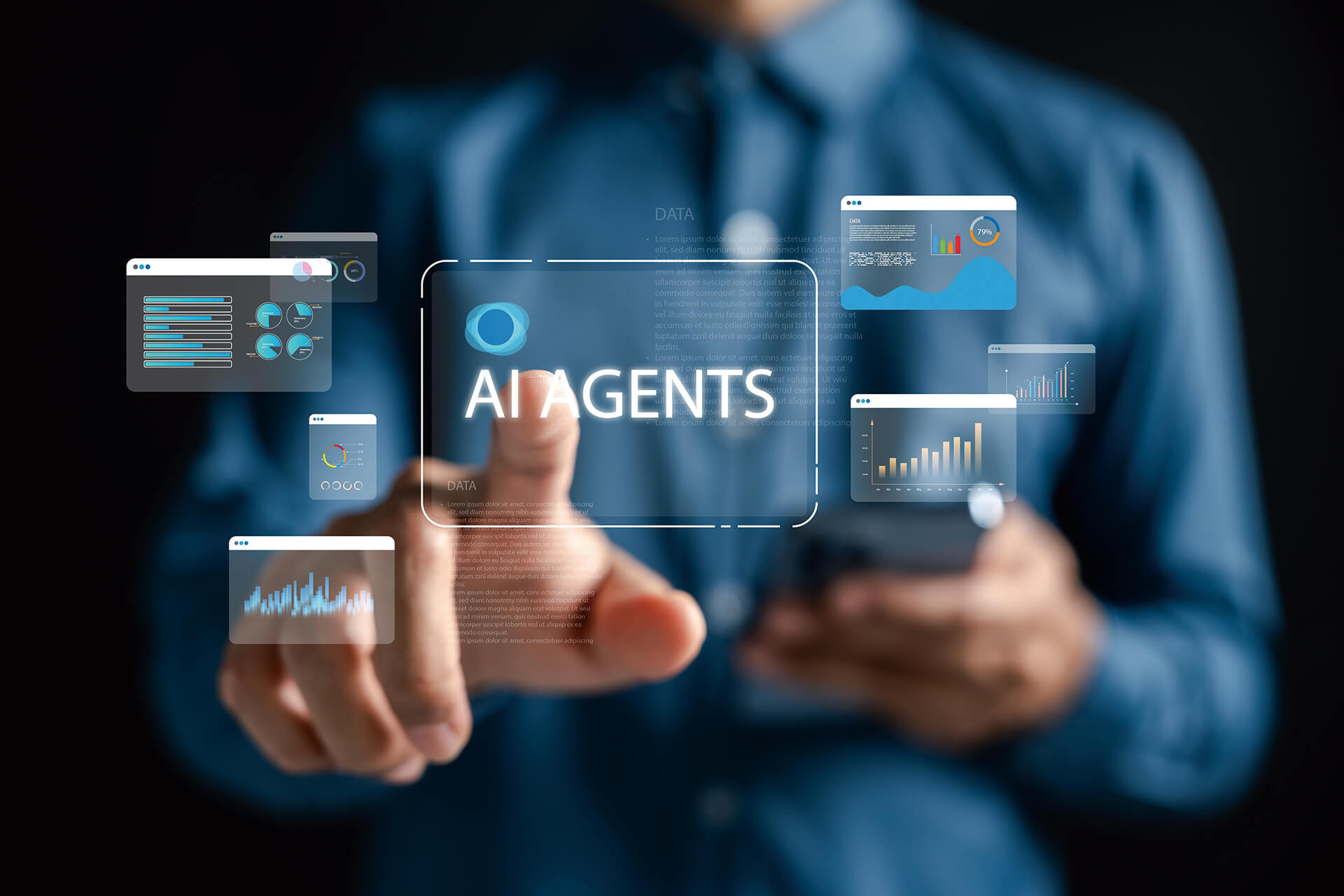The Real AI Opportunity: Not in Models, but in Agents and Applications
Artificial intelligence (AI) is advancing at an unprecedented pace. Foundation models, driven by reinforcement learning, have introduced a new growth paradigm for reasoning intelligence. Agents, once limited to answering questions and casual conversation, now wield multimodal capabilities: they process diverse data, make intelligent decisions, and, starting in 2025, usher in what I call the “Year One of Reasoning Agents.” With human collaboration, these agents will not only invent previously unimaginable formulas and medicines but also plan organizational goals and optimize operational strategies.
In 2025, open-source models have begun to surpass their closed-source counterparts. Many top-tier open projects now rival the best proprietary systems, driving broader affordability and laying a strong foundation for the rise of AI-first applications such as agents. By contrast, most leading U.S. AI companies still favor closed approaches, while China is advancing innovation through open-source platforms like DeepSeek and Alibaba's Qwen. I believe open source will ultimately prevail, ushering in a new era of technological democratization.
This shows how the open-source ecosystem advances through sharing and collaboration, as opposed to the opaque development processes behind closed-source models. A few thousand brilliant minds in a closed system cannot rival the iterative power of tens of millions in the global intelligence community. Notably, the vanguard of open-source innovation has already shifted from the U.S. to China, a trend that merits close attention.
Global development of foundational models has now converged around eight major players: four closed-source and one open-source in the U.S., and one closed-source and two open-source in China. These massive underlying models are moving toward commoditization. On their own, they are unlikely to yield substantial commercial value, unless the market consolidates to a single dominant provider, which I find unlikely. The real opportunities will emerge above these models, in the application layer.
The year 2025 will be a breakout year for agents and applications. Take Cursor, a U.S.-based company behind an AI code editor. Its annual recurring revenue (ARR) has already reached US$500 million. Many other agent and application companies are also seeing ARR in the US$50 to US$100 million range.
As AI penetrates deeper into physical industries such as manufacturing, Hon Hai, as a global manufacturing leader, possesses vast reserves of data and domain expertise that are key to building intelligent applications. To harness this wave, I recommend that Hon Hai Research Institute adopt a simple principle: the more data, the greater the compute, the better the results. By leveraging generative AI and agents, deeply excavating industry-specific needs, and proactively asking “What will tomorrow require?”, Hon Hai can generate distinctive breakthroughs and secure its leadership in the coming AI era.

